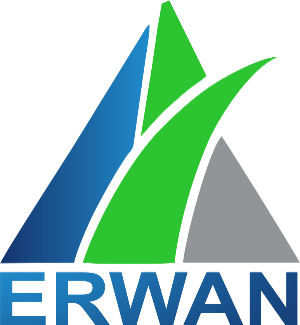Some aspects of the student loan system are based on tax years (the 12-month period starting on 6 April), but as a simplification the student loan models assume that this is the same as the equivalent financial year.
While they operate in a similar manner, they differ in some ways such as the repayment thresholds, interest rates and the length of borrowers’ repayment terms.
Plan 1 is the loan system for undergraduate students that started courses before , Plan 2 the system for undergraduates since and for Advanced Learner Loans, and Plan 3 the system for postgraduate loans introduced in 2016.
See the methodology document for further detail on how Covid-19 has been factored into the forecasts. However, it should be noted that the full impact is still currently unknown and inherently uncertain due to the complexity of Covid-19 and the many factors that may impact both student and provider behaviour, ultimately driving student numbers.
Since academic year , nursing, midwifery and allied health profession (AHP) entrants have been eligible to apply for tuition fee loans. Fee loan-eligible entrants to these courses are forecast separately from the wider population as they are expected to grow at a higher rate, with specific Government policies aimed at increasing the uptake of these courses.
